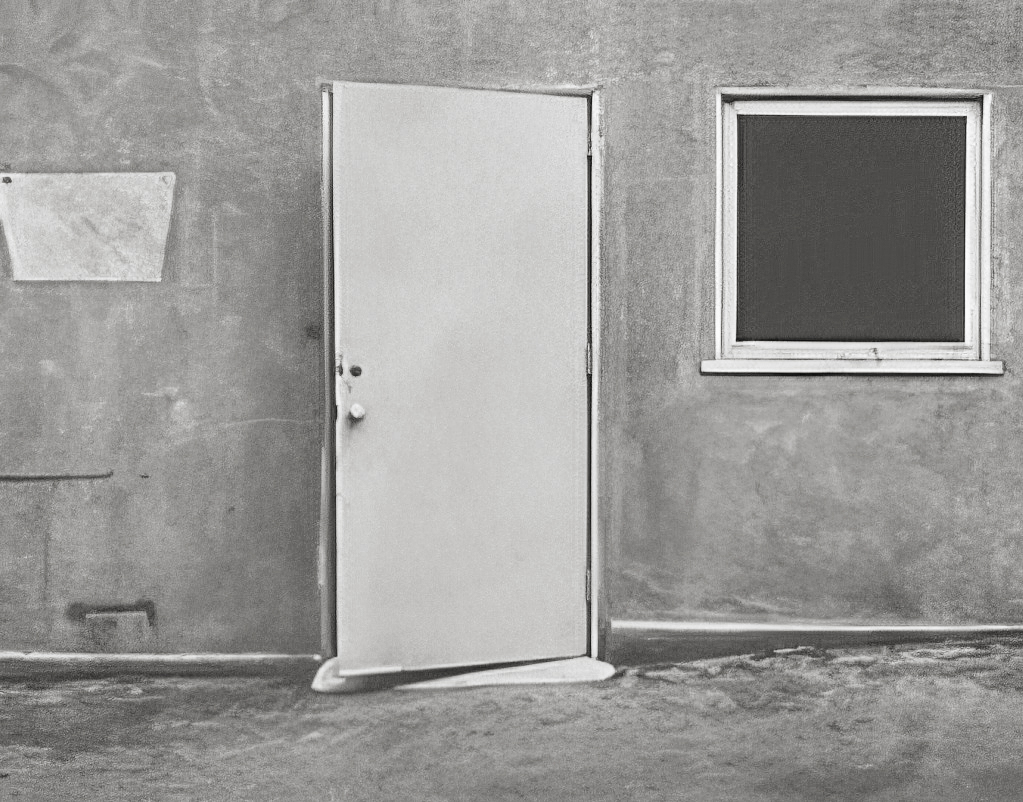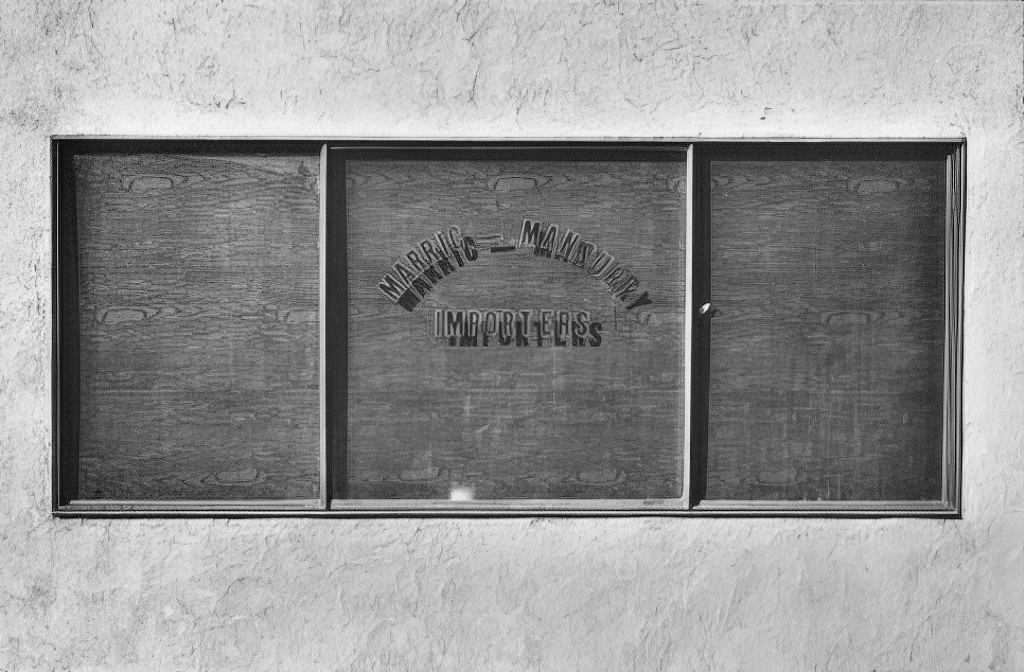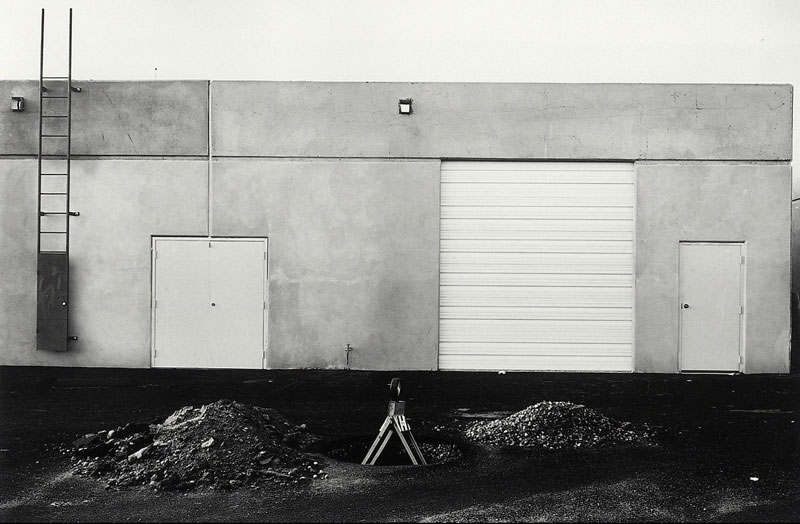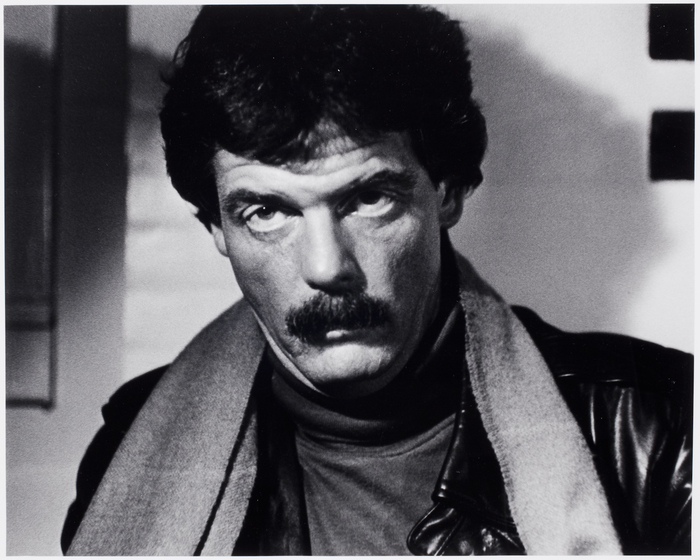Early Work

Door, Corona Del Mar (Prototype Series)
Medium: Vintage gelatin silver photograph
Date: Prototype series (1967-1971)
Size: 6x9"

Sausalito (Prototype: 1967-1971)
Medium: Vintage gelatin silver photograph
Date: 1973
Size: 8x10" (20x25.2cm)

Untitled, Airport Loop Drive, Costa Mesa, CA (IP20)
Medium: Gelatin silver photograph
Date: 1974, this is a vintage print.
Size: 6x9"
Edition: 21; from the portfolio, The Industrial Parks Near Irvine, California
Plate 20 in the book, The Industrial Park Near Irvine, California
Lewis Baltz: 1945-2014
BIOGRAPHY
American photographer and author Lewis Baltz first gained recognition as one of the key figures in the New Topographic Movement of the late 1970s, pioneering an approach to photography that refused to glorify industrial process, revealing instead landscapes blighted by rapid development and human detritus. Born in Newport Beach, California in 1945, Baltz became interested in photography at an early age and began photographing seriously at age 12. He poured over photography publications (early influences were Ed van der Elsken, Wright Morris and Edward Weston) and frequented camera shops, especially William R. Current’s store in Laguna Beach, where the owner became his early mentor, employing him in the store at age 14. Baltz graduated from the San Francisco Art Institute in 1969 and received his MFA from Claremont Graduate School in 1971.
Growing up in postwar Southern California Baltz witnessed first-hand the region’s rapid transformation from open, agricultural and desert space into a homogenized urban environment. By 1967 he had already begun responding to the changes around him, creating tightly framed black-and-white photographs that recorded the generic, oft-overlooked details of these man-made environments – the flat, expansive stucco facades punctuated by blank windows and exterior piping, signage, parking lots, empty closets and set-like motel rooms of the new tract house developments and anonymous, light industrial and commercial urban spaces. These early single images, which he first called the Highway Series, were later to be collectively titled Prototype Works.

